Wednesday, 2:00pm
17 August 2016
Image-making beyond style
In Copenhagen this week: POST Design Festival – ‘a rallying cry for those who want design to serve society’
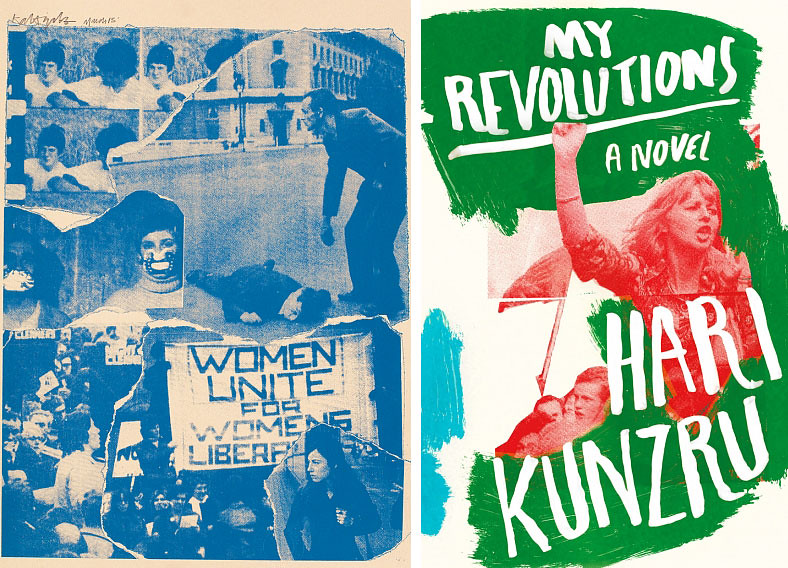
In October last year I met with illustrator Jody Barton over the coffee and pastries obligatory at any meeting here in Denmark, writes POST co-director Aideen McCole.
Jody had been looking for a conference fundraiser and I got in touch. The brief was to help launch a new conference that would bring together designers and illustrators from around Europe, maybe even further afield, for talks, debates and workshops that would encourage discussion about the political dimensions of design and interrogate the working life of the visual communicator. The event would be a rallying cry for all those who want design to be more than a commercial service, who want design to better serve society.
POST Design Festival workshop flyer.
Top: Kate Gibb’s artwork for Sight & Sound magazine and book cover for Hari Kunzru’s My Revolutions, published by Penguin in 2007.
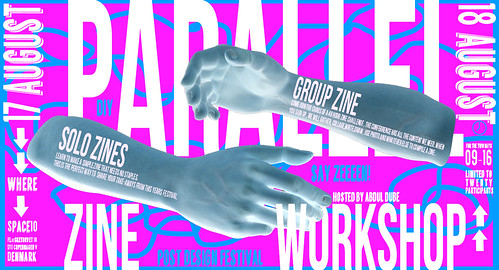
Fast forward ten months and Jody and I (plus designer Peter Folkmar) are about host the first POST Design Festival. Named in part because we are examining the image-making design disciplines in light of contemporary production and consumption, we also thought it useful to start a conversation about changing design as we know it. If design is about commerce, maybe we can reach a post-design period? This week, 26 speakers, panellists and workshop leaders congregate in Space10, IKEA’s future living lab in Copenhagen’s meat district for four days of discursive events, practical workshops and parties, designed to bring practitioners, students, educators, design commissioners and the design-enthused together to discuss creativity beyond style and client contacts. To ask how design can be ethical and expressive, how design can better serve its end-user and how design can positively impact our image environment.
Materials for Kate Gibb and Supermundane’s Creative Randomisation workshop.
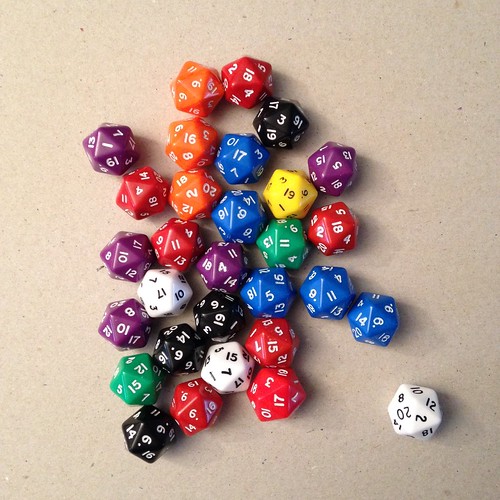
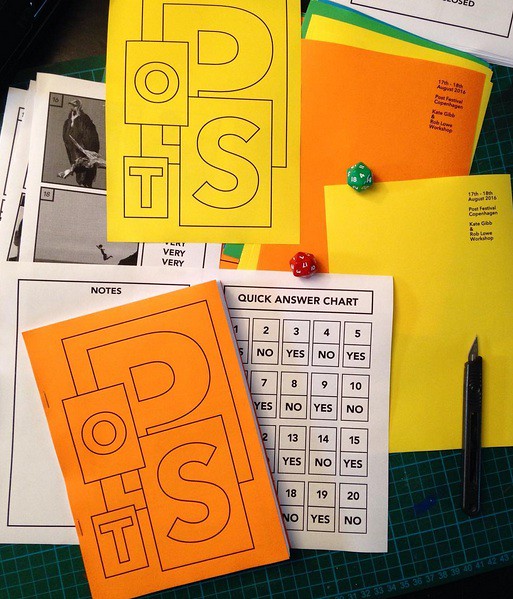
What does that actually mean though? Well, on Wednesday and Thursday 17 and 18 August we host workshops designed to allow practitioners and students to break out of their normal creative routines and processes and explore their creativity in different, more tactile and analogue ways. Kate Gibb and Supermundane will take participants on a randomised creative journey employing dice, instruction manuals and the city of Copenhagen to force (in the nicest way possible) participants to engage in a totally different creative process. Meanwhile, zine maestro Abdul Dube invites people to join his 48hr zine factory, engaging participants in a fast-paced zine-making process, creating publications that will be in circulation throughout the festival. There are discursive events on Wednesday, Thursday and Friday evenings, from talks to panel discussions on design education and design and labour. Friday and Saturday will be spent with speakers from Denmark, the UK and around Europe showing us their work with a view to seeing how design can serve commerce ethically or eschew it altogether.
Abdul Dube introducing his 48hr zine factory at POST Design Festival in Copenhagen.
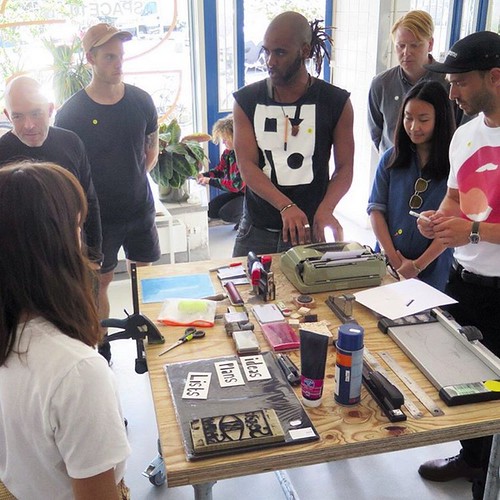
Jody, Peter and I don’t fully know what to expect. We’ve always imagined that POST would be a great series of events, but that it would also facilitate great conversations: that the gaps between presentations and the drinks at the end of each day hold as much potential as the programmed events themselves. Come join the conversation in Copenhagen and see if you agree.
POST Design Festival runs from 17-20 August in Space10, Copenhagen and tickets are available at postdesignfestival.org. POST is funded by the Danish Arts Foundation and supported by Space10, Form / Design Center and MOO.com.
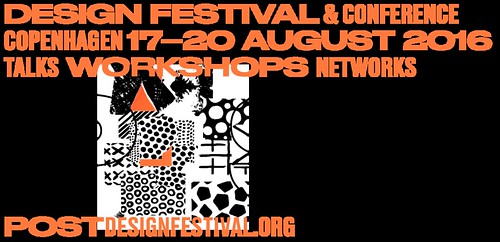
Aideen McCole, curator and writer, and co-director of POST
Eye is the world’s most beautiful and collectable graphic design journal, published quarterly for professional designers, students and anyone interested in critical, informed writing about graphic design and visual culture. It is available from all good design bookshops and online at the Eye shop, where you can buy subscriptions and single issues.
